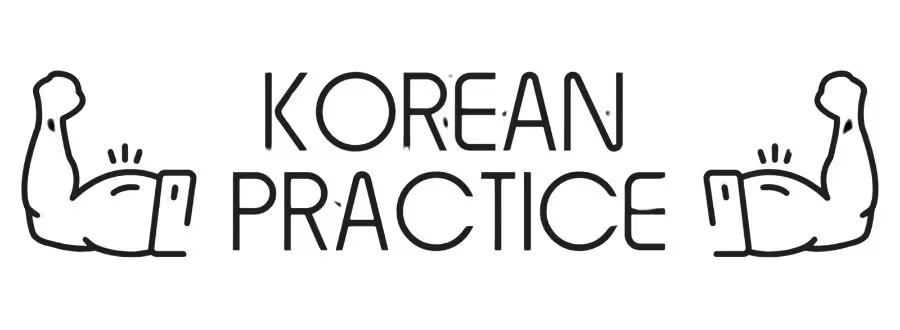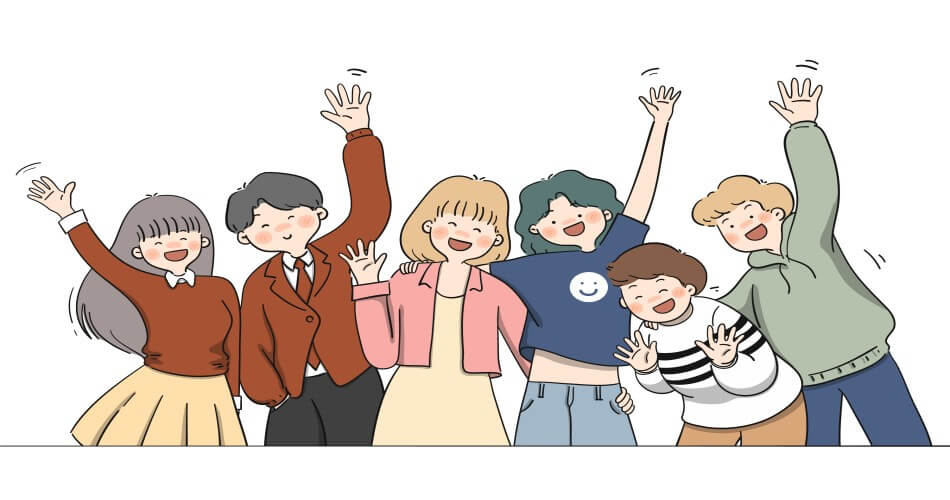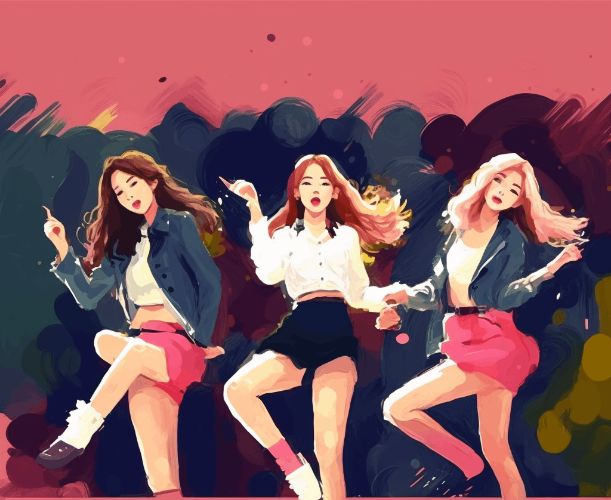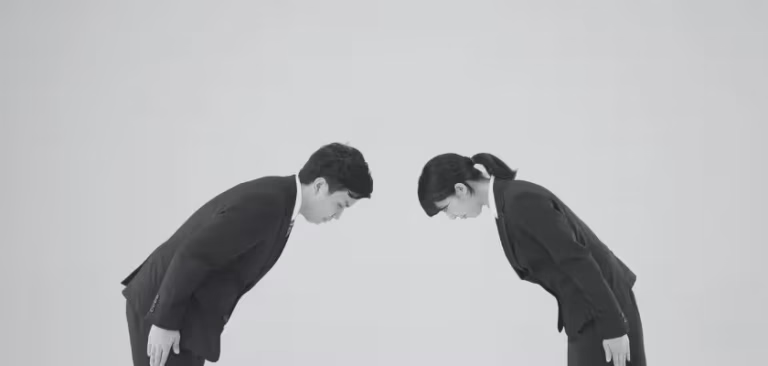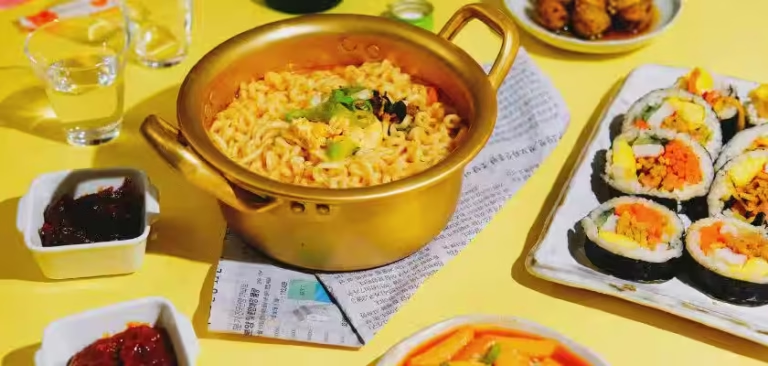Are you interested in learning the Korean language and wondering how to greet someone in Korean? One of the first things you need to know is what is hello in Korean. In this article, we will provide you with a comprehensive guide on how to say hello in Korean translation and some useful information on the Korean language.
How to Say Hello in Korean Translation
Now, let’s get to the main topic: how to say hello in Korean translation. In Korean, there are two main ways to say hello: formal and informal.
Formal Greetings
In Korean culture, showing respect for elders and people of higher social status is highly valued. Therefore, it’s essential to use formal greetings when addressing them.
- 안녕하세요 (an-nyeong-ha-se-yo): This is the most common way to say hello in Korean translation, which is suitable for formal and informal situations. It’s equivalent to the English phrase “How are you?” and can be used at any time of the day. The pronunciation is ahn-nyeong-ha-se-yo.
- 여보세요 (yeo-bo-se-yo): This greeting is commonly used when answering the phone or calling someone for the first time. The pronunciation is yeo-bo-se-yo.
Informal Greetings
Informal greetings are commonly used among friends, family, and people of the same age group. It’s essential to use informal greetings with caution, as they can be considered rude in some situations.
- 안녕 (an-nyeong): This is the most common informal way to say hello in Korean translation. It’s suitable for casual situations with friends and family. The pronunciation is ahn-nyeong.
- 여러분 안녕 (yeo-reo-bun an-nyeong): This informal greeting is used to address a group of people. It’s equivalent to saying “Hi, everyone” in English. The pronunciation is yeo-reo-bun ahn-nyeong.

Other Greetings in Korean
Besides the basic greetings, there are many other useful phrases you can learn in Korean. Here are some of the most common ones:
Good Morning/Afternoon/Evening
- 좋은 아침입니다 (jo-eun a-chim-im-ni-da): This phrase translates to “Good morning” in Korean and is used until noon. The pronunciation is jo-eun ah-chim-im-ni-da.
- 좋은 오후 되세요 (jo-eun o-hu doe-se-yo): This phrase translates to “Good afternoon” in Korean and is used from noon until evening. The pronunciation is jo-eun oh-hu dweh-seh-yo.
- 좋은 저녁 되세요 (jo-eun jeo-nyeok doe-se-yo): This phrase translates to “Good evening” in Korean and is used from evening until night. The pronunciation is jo-eun juh-nyeok dweh-seh-yo.
How Are You?
어떻게 지내세요? (eo-tteo-ke ji-nae-se-yo?): This phrase translates to “How are you?” in Korean and is a common way to greet someone you haven’t seen in a while. The pronunciation is uh-tteo-kke ji-nae-seh-yo.
Cultural Notes on hello in Korean Translation
In Korean culture, greetings are an essential aspect of social interaction. Koreans value respect, politeness, and formality in their interactions with others. Therefore, when greeting someone, it is important to use the appropriate language and tone depending on the situation.
In formal situations, it is common to bow slightly while saying “안녕하세요” (annyeonghaseyo) to show respect. The bowing angle can vary depending on the social status of the person being greeted. For example, a deeper bow is appropriate when greeting someone older or in a higher position.
In informal situations, physical touch is more common, such as a handshake or a pat on the back. However, it is important to note that physical touch between people of the opposite sex is not common in Korea.
Common Mistakes to Avoid
Learning a new language can be challenging, and mistakes are common, but there are some common mistakes you can avoid when learning Korean:
- Using informal language in formal situations: This mistake can be considered disrespectful and rude in Korean culture.
- Mispronouncing words: Korean pronunciation can be challenging, so it’s important to practice regularly and listen to native speakers.
- Using the wrong level of formality: Koreans value formality in their interactions, so it’s important to use the appropriate level of politeness depending on the situation.
- Neglecting the importance of honorifics: In Korean culture, honorifics are an essential aspect of social interaction. Neglecting to use the appropriate honorifics can be considered disrespectful.
Tips for Learning Korean
Learning a new language can be challenging, but with the right approach, it can also be a fun and rewarding experience. Here are some tips for learning Korean:
- Immerse yourself in the language: Listen to Korean music, watch Korean movies and TV shows, and practice speaking with native speakers.
- Practice regularly: Learning a new language requires practice, so set aside time each day to study and practice.
- Use language-learning apps and resources: There are many language-learning apps and resources available online that can help you learn Korean.
- Find a language exchange partner: Finding a language exchange partner can help you practice speaking and improve your pronunciation.

Image by wayhomestudio on Freepik
Conclusion
Learning how to say hello in Korean translation is just the first step in learning the language. By mastering the basic greetings and other useful phrases, you can improve your communication skills and gain a deeper understanding of Korean culture. Remember to use the appropriate level of formality and honorifics when interacting with Koreans, and practice regularly to improve your language skills.
FAQs
Q: What is the difference between formal and informal greetings in Korean?
A: Formal greetings are used to show respect for elders and people of higher social status, while informal greetings are used among friends, family, and people of the same age group.
Q: How do I know which honorifics to use in Korean?
A: Honorifics are based on a person’s social status, age, and relationship with the person being addressed. It’s best to err on the side of caution and use more formal honorifics until you become more familiar with the person and their status.
Q: Are there any cultural customs I should be aware of when greeting someone in Korean?
A: Koreans place a strong emphasis on showing respect for elders and people of higher social status. Therefore, it’s important to use formal greetings and honorifics when addressing them. Additionally, Koreans often exchange bows or handshakes when greeting each other, and it’s important to maintain eye contact and smile.
